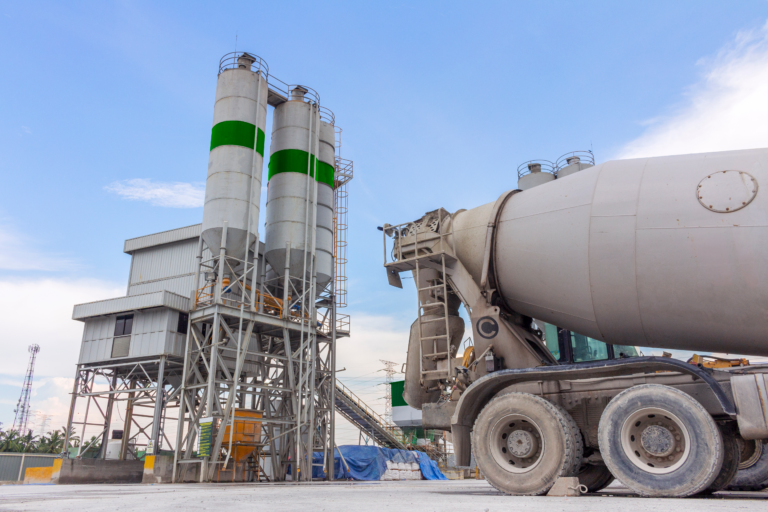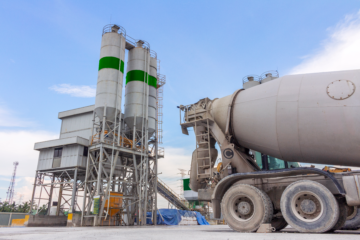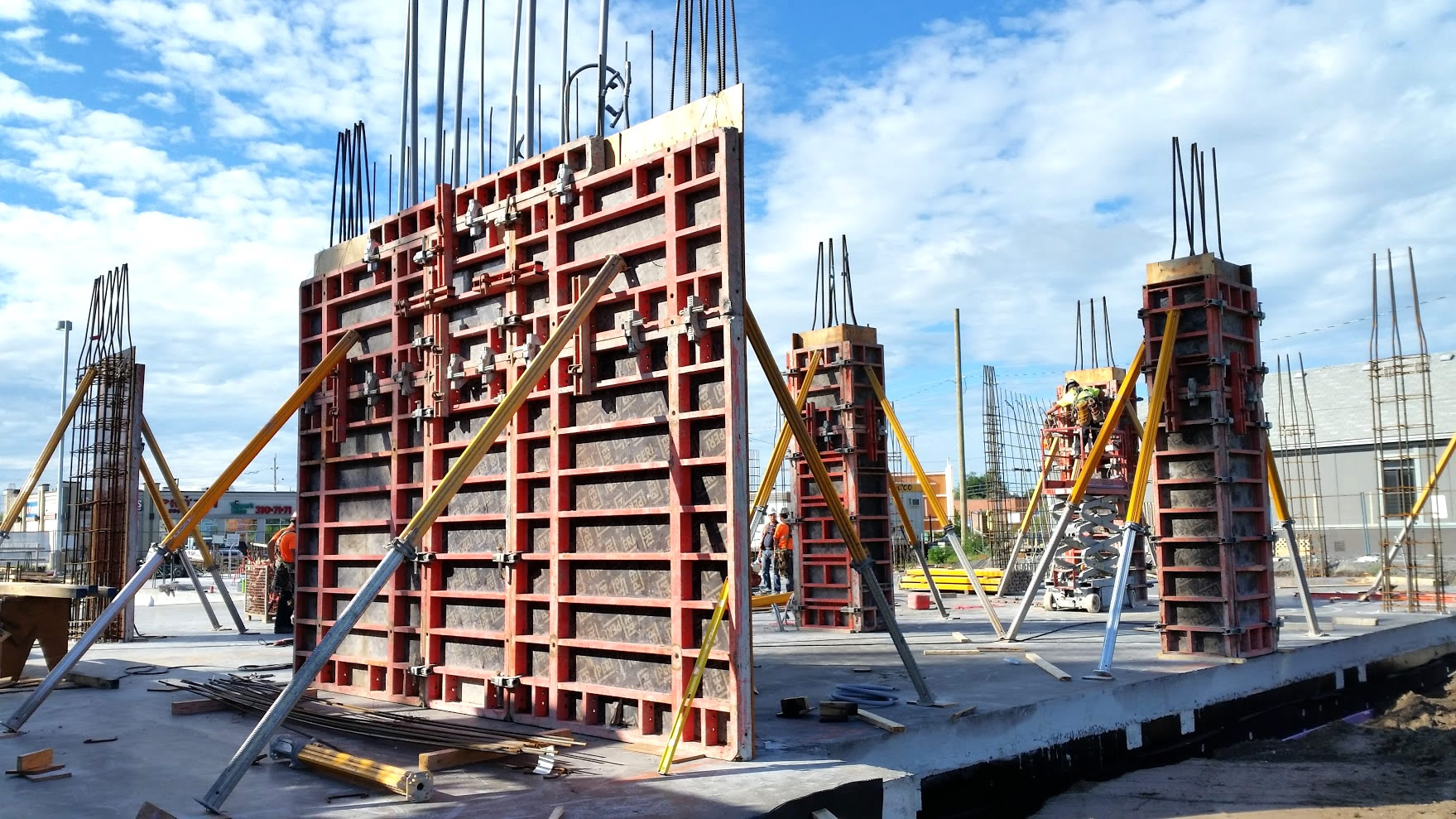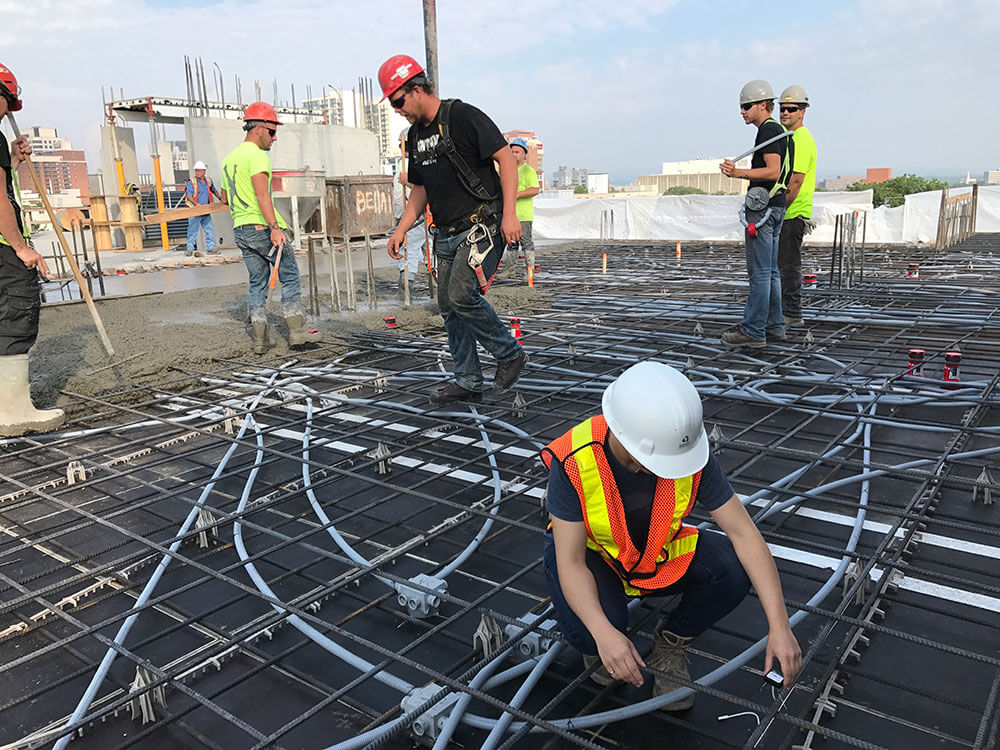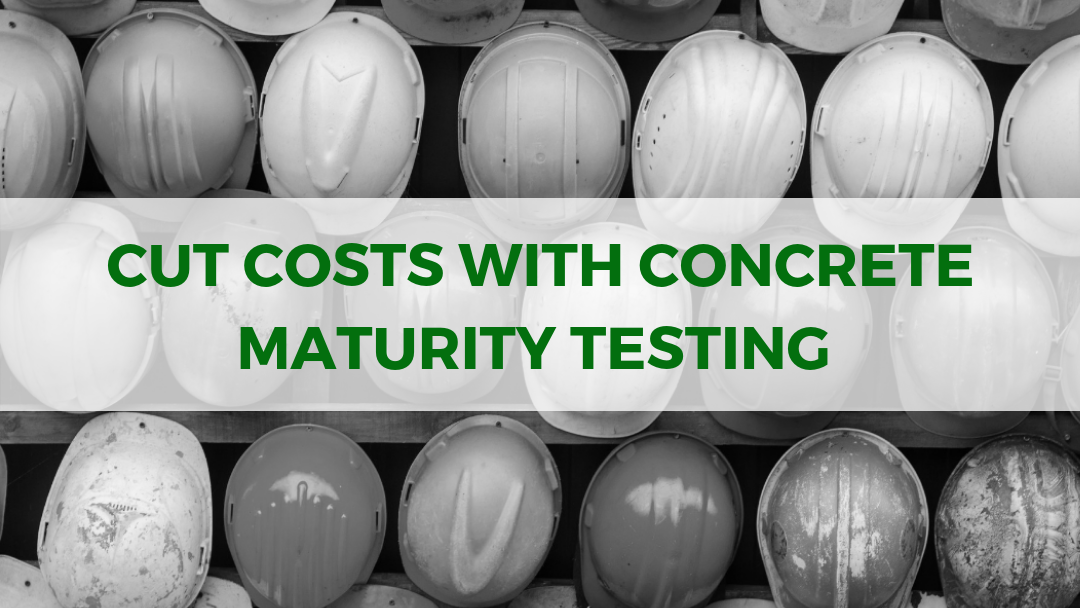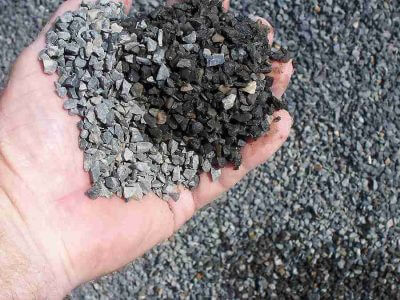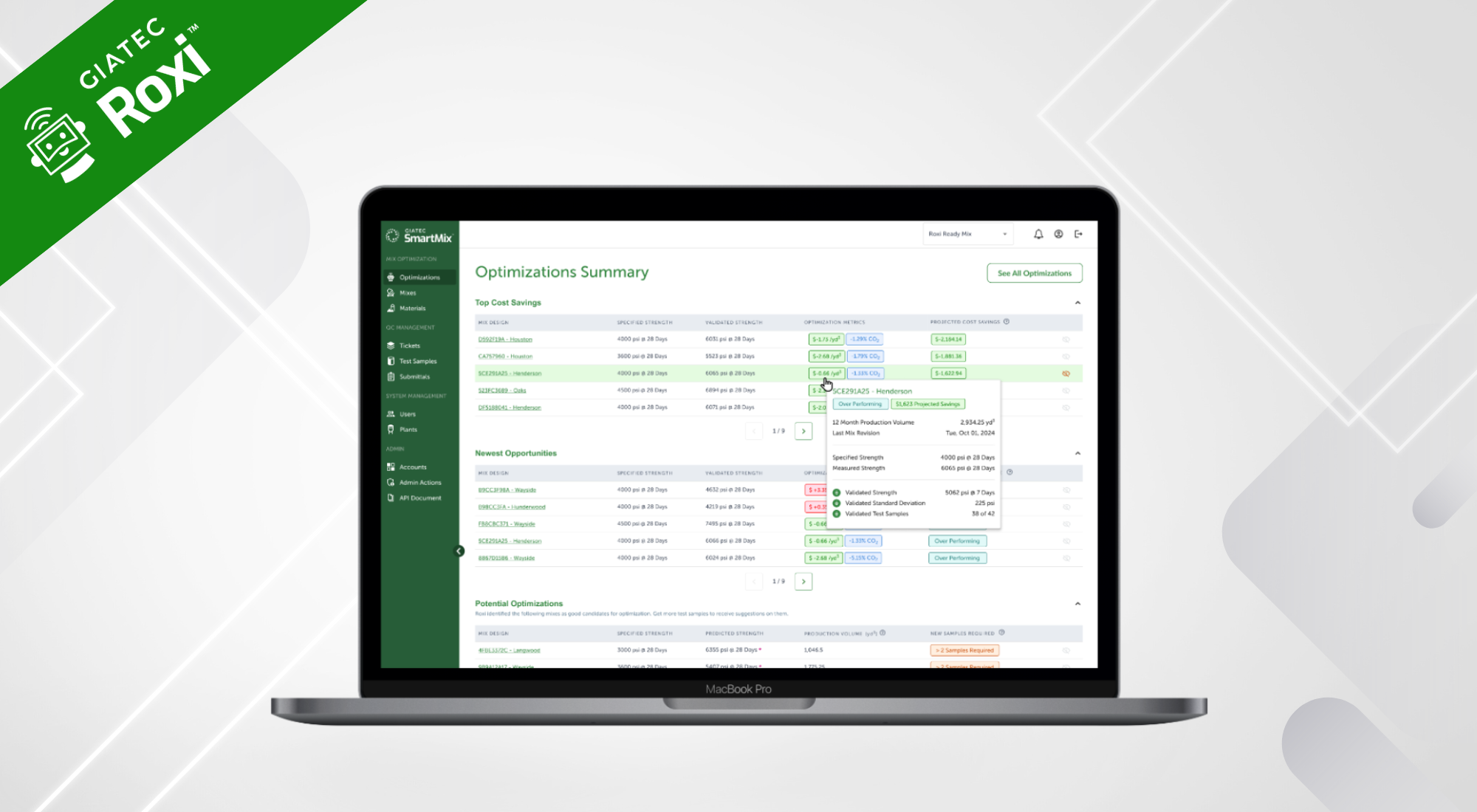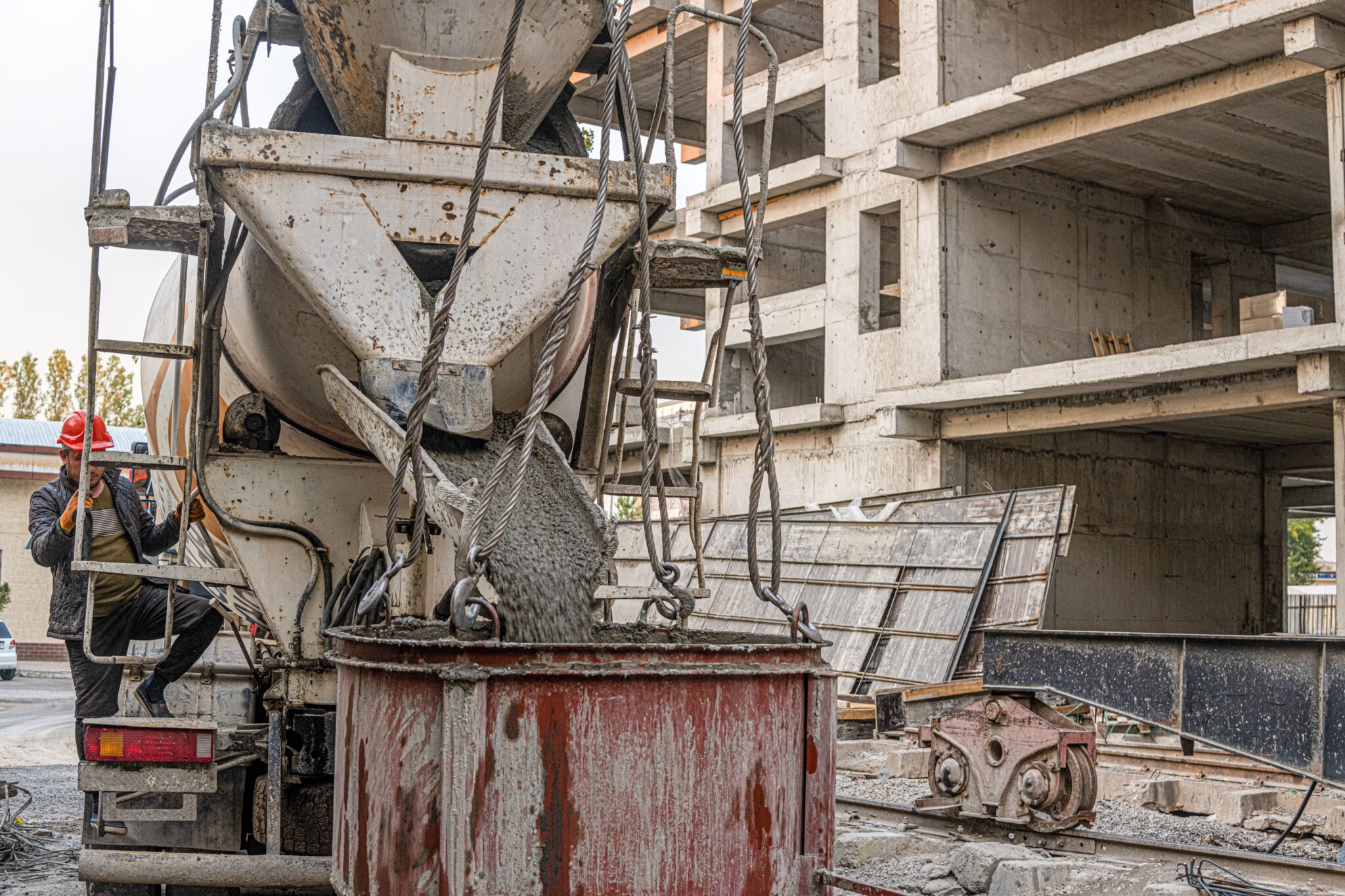In the competitive world of ready-mix concrete production, the choice and management of materials are becoming increasingly important. Rising material costs and environmental concerns push producers to rethink how they manage their concrete mixtures. In this blog, we will explore how material management impacts profitability, the limitations of over-specifying concrete mixtures, and the need to adapt as sustainable practices are pushed.
Hidden Costs of Concrete: Understanding the Impact
As the demand of concrete continues to grow, so do the costs associated with the materials used to produce it. According to the NRMCA Industry Data Survey, material costs account for approximately 55% of total production costs in the ready-mix industry. Within the materials cost, cementitious materials account for 55%, aggregates for 40%, and admixtures for 3%. Cement, the primary ingredient in concrete, has seen significant price increases in recent years, cutting into profit margins for many producers.

Being the most expensive component, cement requires careful consideration and management, as it not only contributes to financial strain but also has a considerable environmental impact. The World Economic Forum reports cement production contributes up to 8% of global carbon emissions, highlighting material choices’ environmental impact. Additionally, the trend toward over-specifying concrete mixtures only worsens the situation. When a concrete mixture calls for more cement than necessary, it leads to increased costs and waste, further squeezing profit margins.
As the industry gradually moves toward greener practices, it is essential for producers to understand the consequences of their material decisions and take proactive steps to address them. Optimizing material costs contributes to sustainability by reducing waste and CO2 emissions, aligning with environmental goals while improving market competitiveness. Nowadays, more clients are prioritizing eco-friendly practices in their procurement decisions, making sustainability a key factor in driving profitability.
Optimizing Your Concrete Mixtures
Addressing the hidden costs of concrete begins with optimizing mix designs, allowing producers to shift from a reactive to a proactive approach. This strategy is about more than just reducing cement use; it’s about leveraging accurate test data to carefully manage mixes, ensuring they meet performance requirements without adding unnecessary costs. By managing their concrete mixtures, rather than simply maintaining them, producers gain more control over expenses and environmental impacts.
Ultimately, proactive mix management starts with having access to sufficient test data. Lacking the insights needed to fine-tune mixes can result in unexpected challenges, where fluctuating material costs and supply shortages force rushed adjustments that strain both budgets and operations. By analyzing historical data and truly understanding the performance characteristics of mix materials, producers can make more informed choices to minimize waste, control expenses, and better position themselves to meet the demands of our evolving industry.
4 Strategies of Focus for Maximizing Material Margins
For ready-mix concrete producers, the path to improved profitability and sustainability lies in proactive material management. Here are some key pieces of advice for navigating these challenges:
- Evaluate and Optimize Mix Designs: Regularly review your concrete mixtures to identify areas for improvement. Focus on reducing cement content while maintaining performance standards and use data analytics to inform these decisions.
- Invest in Advanced Technologies: Explore tools like SmartMix and SmartRock Plus to optimize concrete mixtures and enhance operational efficiency. The right technology can help streamline processes, reduce waste, and improve profitability.
- Adopt Sustainable Practices: Stay informed about industry standards and strive to implement eco-friendly practices in your operations. Embrace recycled materials and advanced additives that contribute to lower carbon emissions. This enables competitive bid making in an industry facing demand where supply is short.
- Collaborate and Share Best Practices: Engage with industry associations and fellow producers to share knowledge and best practices. Collaborating on sustainability initiatives can lead to improved practices across the industry.
Leveraging Advanced Technologies
Investing in advanced technologies is crucial for improving efficiency in concrete operations. Modern tools can streamline processes, reduce waste, and help producers stay competitive in a rapidly evolving market. One such technology is Giatec SmartMix, an advanced quality control system that leverages artificial intelligence to optimize concrete mixtures in real-time. By analyzing material properties, performance requirements, and environmental conditions, SmartMix identifies the most cost-effective combinations without compromising quality. This highlights the substantial potential for cost reduction and increased profitability through the use of advanced technologies such as SmartMix.

In a pilot implementation, a mid-sized ready-mix concrete producer achieved a 12% reduction in cement usage and a 7% overall cost saving per cubic yard, which translated into an annual saving of $500,000. This demonstrates the significant potential for cost reduction and enhanced profitability using advanced technologies such as SmartMix.
Complementing this is SmartRock, an IoT solution that combines wireless sensors with mobile and cloud-based applications to provide real-time field data. Ready-mix concrete producers can utilize this data to monitor jobsite and mix performance in real-time, around the clock. Together, SmartMix and SmartRock empower producers to improve operational efficiency, reduce waste, and drive sustainability. Hence, investing in such technologies paves the way for smarter, more sustainable practices that elevate both efficiency and profitability.

As the industry evolves, those who embrace change and prioritize innovation will be best positioned to thrive in a competitive marketplace. The future of concrete production lies in effective material management and a commitment to sustainability – those who lead in these areas will not only increase their profit margins but also contribute to a greener future for our industry.
Ready to transform your operations and drive innovation? Discover what SmartMix can do for your business!

